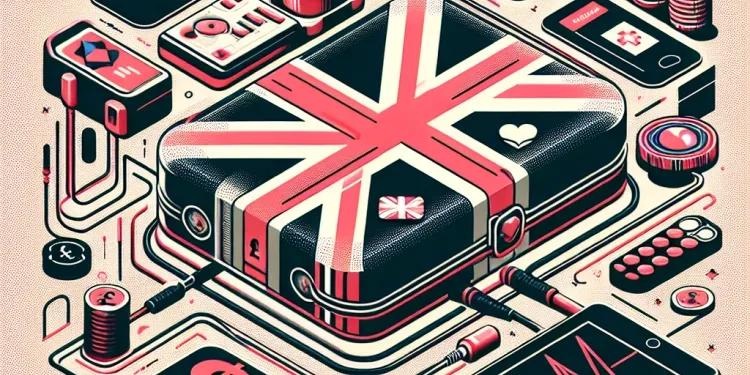
Find Help
More Items From Ergsy search
-

How effective are defibrillators?
Relevance: 100%
-
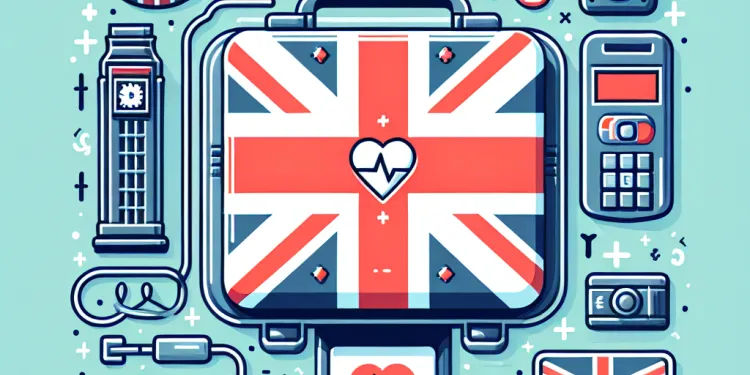
Do defibrillators have any side effects?
Relevance: 91%
-
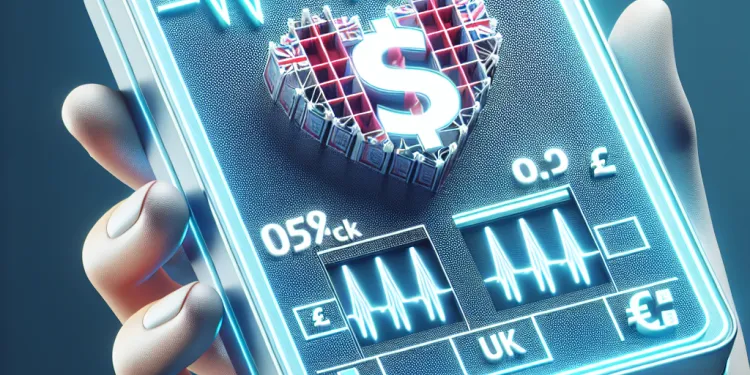
What is a defibrillator?
Relevance: 78%
-

What is the role of a defibrillator in CPR?
Relevance: 71%
-

Can a defibrillator restart a stopped heart?
Relevance: 71%
-
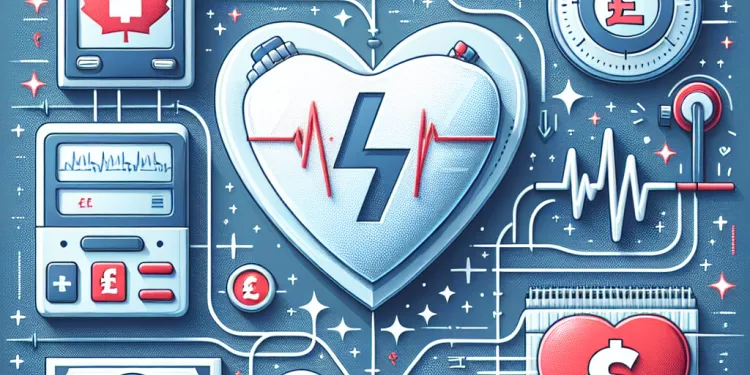
How does a defibrillator work?
Relevance: 70%
-

What are the different types of defibrillators?
Relevance: 70%
-

Who can use a defibrillator?
Relevance: 70%
-

How do you know if a defibrillator is required?
Relevance: 69%
-
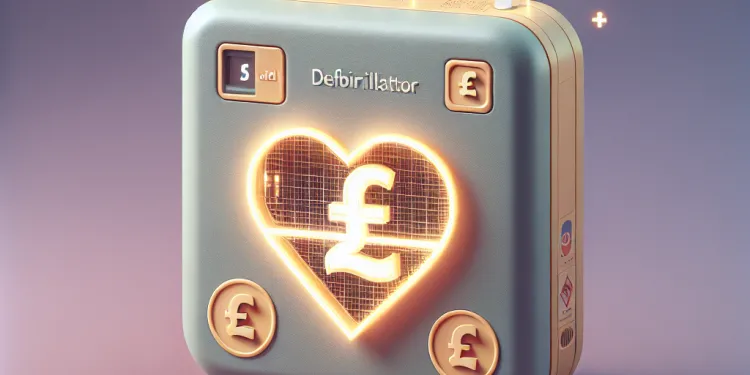
Can defibrillators be used on children?
Relevance: 69%
-
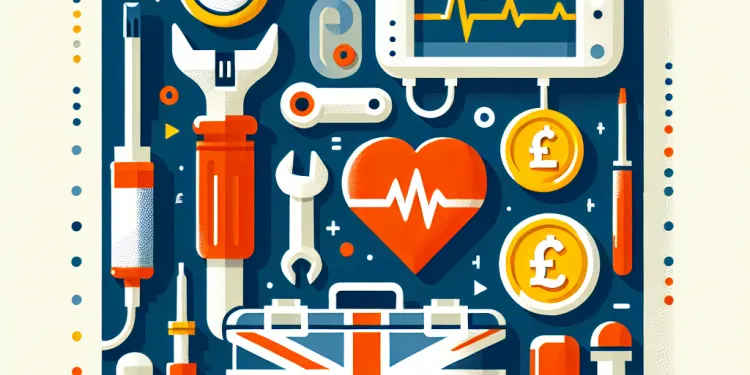
What maintenance do defibrillators require?
Relevance: 69%
-
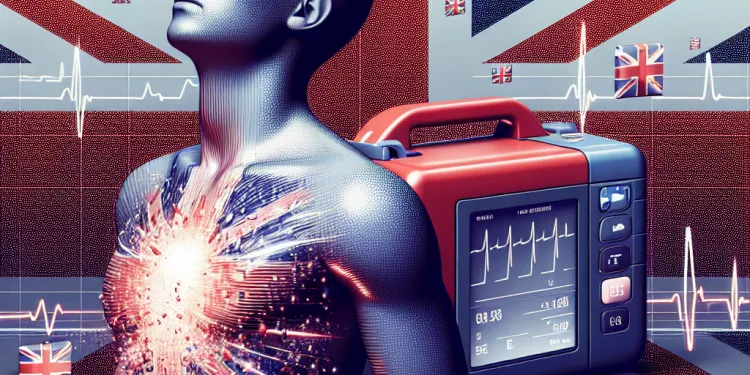
Can you use a defibrillator on a wet person?
Relevance: 67%
-
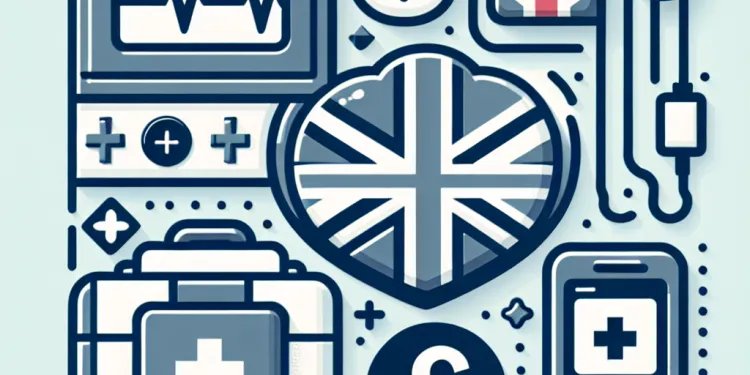
What should you do if a defibrillator is needed?
Relevance: 67%
-

How long do defibrillator batteries last?
Relevance: 66%
-
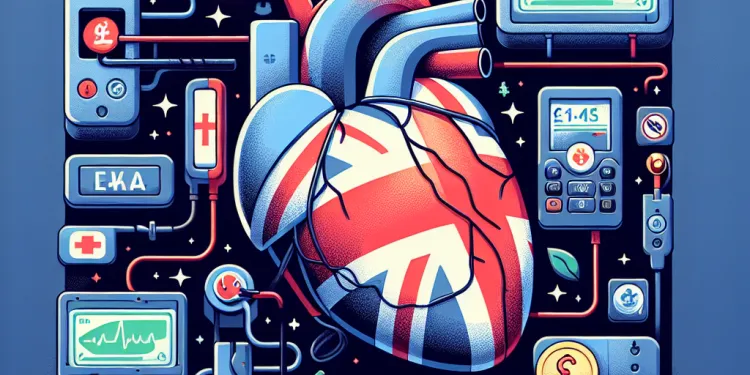
Why are defibrillators important?
Relevance: 53%
-

Is it safe to use a defibrillator on someone with a pacemaker?
Relevance: 47%
-
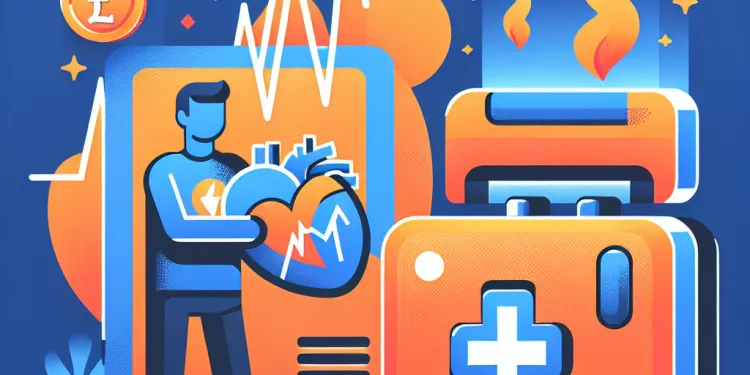
What is a Defibrallator?
Relevance: 42%
-

Are non-surgical facelifts effective?
Relevance: 28%
-

What are the side effects of Botox?
Relevance: 28%
-
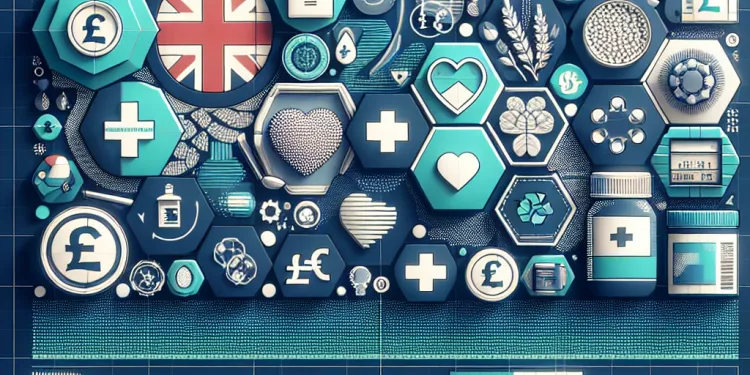
What are the side effects of Ozempic?
Relevance: 28%
-
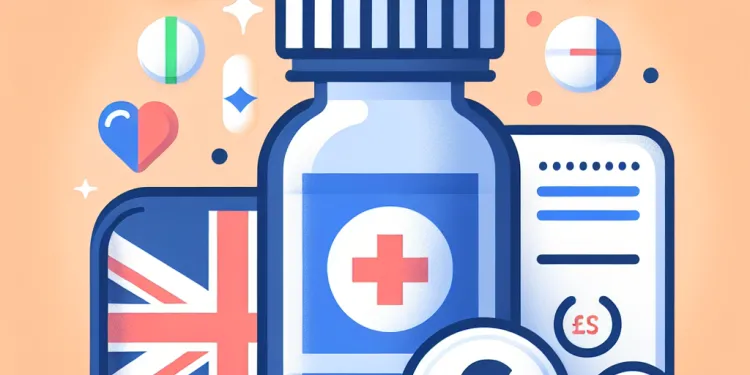
What are the side effects of Paracetamol?
Relevance: 28%
-

What are the side effects of Botox?
Relevance: 27%
-
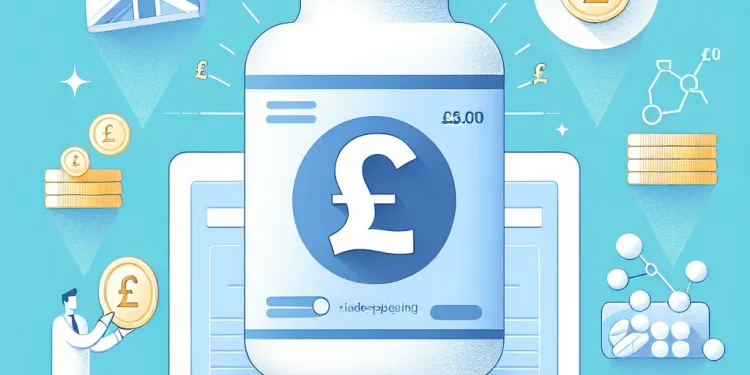
What are the side effects of Aspirin?
Relevance: 27%
-
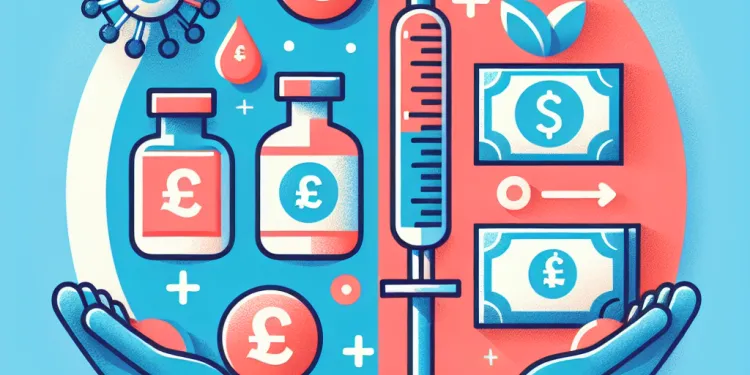
How effective is the flu vaccine?
Relevance: 27%
-
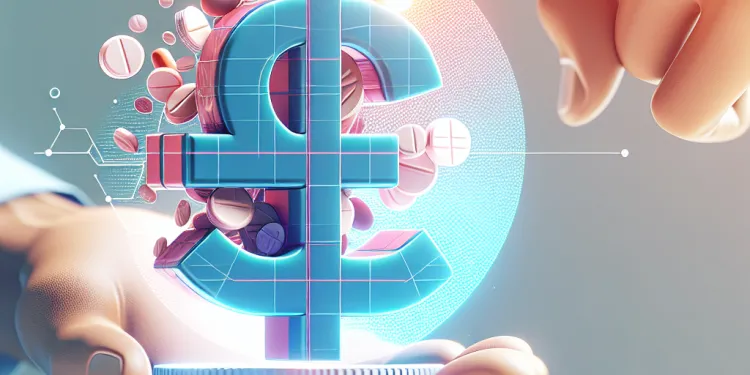
What are the side effects of Ibuprofen?
Relevance: 27%
-

How effective are mosquito repellents in the UK?
Relevance: 27%
-

What are the long-term effects of sunburn?
Relevance: 27%
-

Is Vitamin C effective against colds?
Relevance: 27%
-

Are Mosquito window screens effective?
Relevance: 26%
-
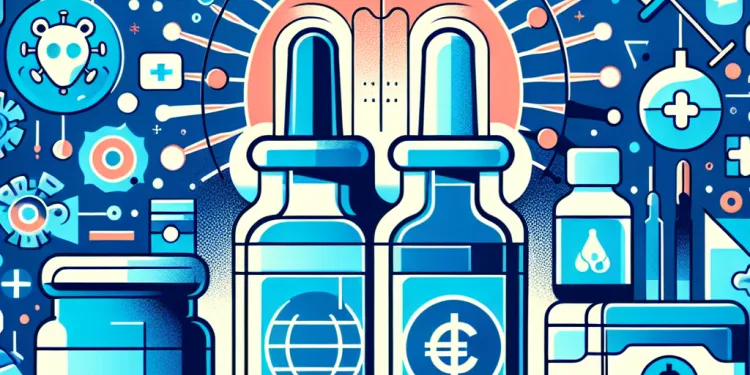
How effective is the MMR vaccine?
Relevance: 26%
-

Are there any long-term effects of gonorrhoea?
Relevance: 26%
-

Are mosquito window screens effective in the UK?
Relevance: 26%
-
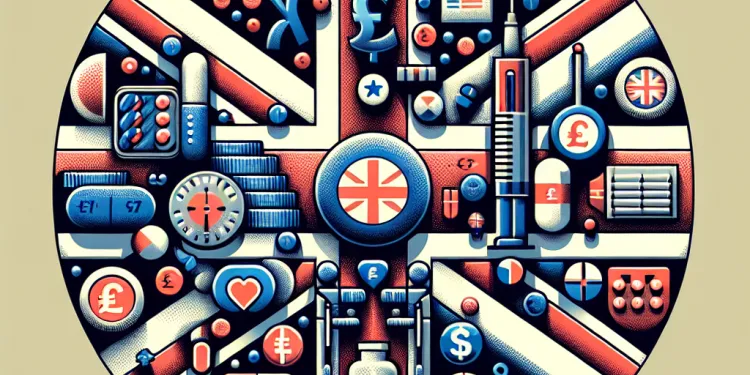
What are common side effects of Baxdrostat?
Relevance: 26%
-

How long do the effects of ketamine last?
Relevance: 26%
-
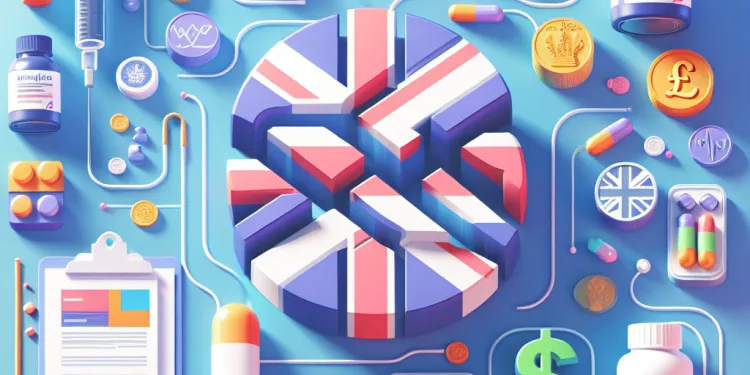
Are there any common side effects of Mounjaro?
Relevance: 26%
-
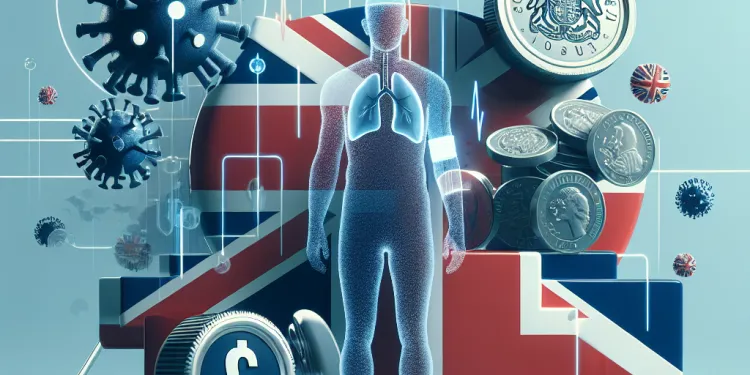
What are the common side effects of vaccines?
Relevance: 26%
-

What are the common side effects of Ozempic?
Relevance: 26%
-

What are common side effects of Wegovy?
Relevance: 26%
-

What are common side effects of CBD?
Relevance: 26%
-
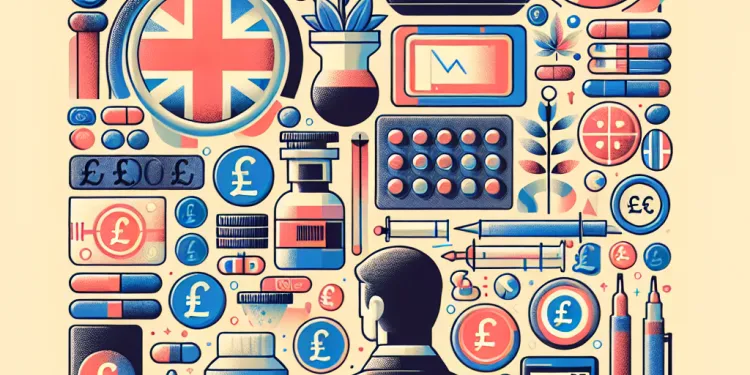
What are the common side effects of ketamine?
Relevance: 26%
How Effective Are Defibrillators?
Defibrillators are life-saving devices that deliver a dose of electric current (or counter-shock) to the heart in cases of cardiac arrest. Their primary function is to restore a normal heart rhythm by stopping an irregular rhythm and allowing the heart's natural pacemaker to regain control. These devices have significantly improved survival rates and are widely deployed in various settings, from hospitals to public spaces.
Types of Defibrillators
There are several types of defibrillators, including automated external defibrillators (AEDs), implantable cardioverter-defibrillators (ICDs), and wearable cardiac defibrillators. AEDs are the most common in public settings, as they are designed to be used by laypersons with minimal training. ICDs are surgically implanted in patients at risk for recurrent arrhythmias, while wearable defibrillators serve as a non-invasive alternative for those who temporarily require monitoring and protection against sudden cardiac arrest.
Impact on Survival Rates
Defibrillators have a profound impact on survival rates in cardiac arrest cases. According to research, the immediate use of an AED can increase survival rates by up to 70% when applied quickly, ideally within three to five minutes of collapse. In comparison, without immediate defibrillation, the chances of survival decrease by approximately 10% for every minute that passes without intervention. The widespread availability of AEDs in public places has been crucial in reducing response times, especially before emergency medical services arrive.
Effectiveness in Different Settings
In a healthcare setting, defibrillators are used as part of advanced life support and have been standard equipment in hospitals and ambulances. Their effectiveness in this context is supported by the structured environment and the presence of trained professionals who can administer the device efficiently. In public settings, the deployment of AEDs has made a significant difference, especially in crowded places such as airports, malls, and sports facilities. The ability of bystanders to use AEDs during emergencies before professional help arrives is supported by extensive public awareness campaigns and training.
Challenges and Considerations
While defibrillators are highly effective, their success relies on several factors. Public awareness and willingness to intervene play a critical role in their effectiveness. Training individuals to recognize cardiac arrest signs and to operate AEDs confidently is essential. Maintenance of devices is another crucial aspect, as units must be in working order with fully charged batteries and functional electrodes. Despite these challenges, the increasing familiarity with, and availability of, defibrillators continue to drive positive outcomes in emergency cardiac care.
Conclusion
Defibrillators are highly effective in increasing survival rates in cardiac emergencies and are an essential component of both community and healthcare emergency response systems. Their success hinges on rapid deployment and use, with public and professional training being critical to maximising their potential impact. As technology and awareness improve, defibrillators will likely play an even more significant role in saving lives in the UK and globally.
Frequently Asked Questions
What is a defibrillator?
A defibrillator is a medical device that delivers an electric shock to the heart to restore a normal heartbeat.
How effective are defibrillators in saving lives?
Defibrillators are highly effective, especially when used immediately after cardiac arrest. They can significantly improve survival rates.
Can defibrillators be used by non-medical personnel?
Yes, automated external defibrillators (AEDs) are designed for use by laypersons with minimal training.
In which situations are defibrillators most effective?
Defibrillators are most effective when used in cases of sudden cardiac arrest due to ventricular fibrillation or pulseless ventricular tachycardia.
How quickly should a defibrillator be used after cardiac arrest?
A defibrillator should be used within the first few minutes of cardiac arrest for the best chance of survival.
What is an AED?
An AED, or Automated External Defibrillator, is a portable device that automatically diagnoses life-threatening cardiac arrhythmias and treats them through defibrillation.
Do defibrillators always restart the heart?
Defibrillators may not always restart the heart, but they can often restore a normal rhythm in treatable arrhythmias like ventricular fibrillation.
What is the success rate of defibrillators?
The success rate of defibrillators can be as high as 70% for certain types of cardiac arrest if used immediately.
Are there any risks associated with using defibrillators?
While generally safe, using a defibrillator can sometimes cause burns or inappropriate shocks, but these are rare.
How does a defibrillator work?
A defibrillator works by delivering a dose of electrical energy to the heart, aiming to depolarize the heart muscle and restore a normal rhythm.
Are defibrillators available in public places?
Yes, many public places such as airports, malls, and sports arenas have AEDs available for emergency use.
What training is required to use an AED?
AEDs are designed for use by the general public, and minimal training is required, often provided during CPR courses.
How effective are defibrillators outside of hospitals?
Defibrillators are highly effective outside of hospitals, especially with timely CPR and AED use.
Can defibrillators harm someone if used incorrectly?
AEDs are designed to analyze heart rhythms and indicate if a shock is needed, minimizing the risk of harm.
Do defibrillators work on children?
Yes, certain defibrillators have pediatric pads and settings to safely deliver shocks to children.
What maintenance do defibrillators require?
Defibrillators require regular maintenance, including battery checks and pad replacement, to ensure they are ready for use.
Does using a defibrillator replace CPR?
No, defibrillators should be used in conjunction with CPR to increase the chances of survival during cardiac arrest.
What is the difference between manual and automated defibrillators?
Manual defibrillators require a healthcare professional to operate, while automated defibrillators guide the user through the process.
Are there different types of defibrillators?
Yes, there are manual external defibrillators, automated external defibrillators (AEDs), and implantable cardioverter defibrillators (ICDs).
Can defibrillators be used on a wet or metal surface?
It is advised to move the person to a dry, non-metal surface to minimize the risk of electrical conduction outside the body.
Useful Links
- Ergsy carfully checks the information in the videos we provide here.
- Videos shown by Youtube after a video has completed, have NOT been reviewed by ERGSY.
- To view, click the arrow in centre of video.
- Most of the videos you find here will have subtitles and/or closed captions available.
- You may need to turn these on, and choose your preferred language.
- Go to the video you'd like to watch.
- If closed captions (CC) are available, settings will be visible on the bottom right of the video player.
- To turn on Captions, click settings .
- To turn off Captions, click settings again.
More Items From Ergsy search
-

How effective are defibrillators?
Relevance: 100%
-

Do defibrillators have any side effects?
Relevance: 91%
-

What is a defibrillator?
Relevance: 78%
-

What is the role of a defibrillator in CPR?
Relevance: 71%
-

Can a defibrillator restart a stopped heart?
Relevance: 71%
-

How does a defibrillator work?
Relevance: 70%
-

What are the different types of defibrillators?
Relevance: 70%
-

Who can use a defibrillator?
Relevance: 70%
-

How do you know if a defibrillator is required?
Relevance: 69%
-

Can defibrillators be used on children?
Relevance: 69%
-

What maintenance do defibrillators require?
Relevance: 69%
-

Can you use a defibrillator on a wet person?
Relevance: 67%
-

What should you do if a defibrillator is needed?
Relevance: 67%
-

How long do defibrillator batteries last?
Relevance: 66%
-

Why are defibrillators important?
Relevance: 53%
-

Is it safe to use a defibrillator on someone with a pacemaker?
Relevance: 47%
-

What is a Defibrallator?
Relevance: 42%
-

Are non-surgical facelifts effective?
Relevance: 28%
-

What are the side effects of Botox?
Relevance: 28%
-

What are the side effects of Ozempic?
Relevance: 28%
-

What are the side effects of Paracetamol?
Relevance: 28%
-

What are the side effects of Botox?
Relevance: 27%
-

What are the side effects of Aspirin?
Relevance: 27%
-

How effective is the flu vaccine?
Relevance: 27%
-

What are the side effects of Ibuprofen?
Relevance: 27%
-

How effective are mosquito repellents in the UK?
Relevance: 27%
-

What are the long-term effects of sunburn?
Relevance: 27%
-

Is Vitamin C effective against colds?
Relevance: 27%
-

Are Mosquito window screens effective?
Relevance: 26%
-

How effective is the MMR vaccine?
Relevance: 26%
-

Are there any long-term effects of gonorrhoea?
Relevance: 26%
-

Are mosquito window screens effective in the UK?
Relevance: 26%
-

What are common side effects of Baxdrostat?
Relevance: 26%
-

How long do the effects of ketamine last?
Relevance: 26%
-

Are there any common side effects of Mounjaro?
Relevance: 26%
-

What are the common side effects of vaccines?
Relevance: 26%
-

What are the common side effects of Ozempic?
Relevance: 26%
-

What are common side effects of Wegovy?
Relevance: 26%
-

What are common side effects of CBD?
Relevance: 26%
-

What are the common side effects of ketamine?
Relevance: 26%